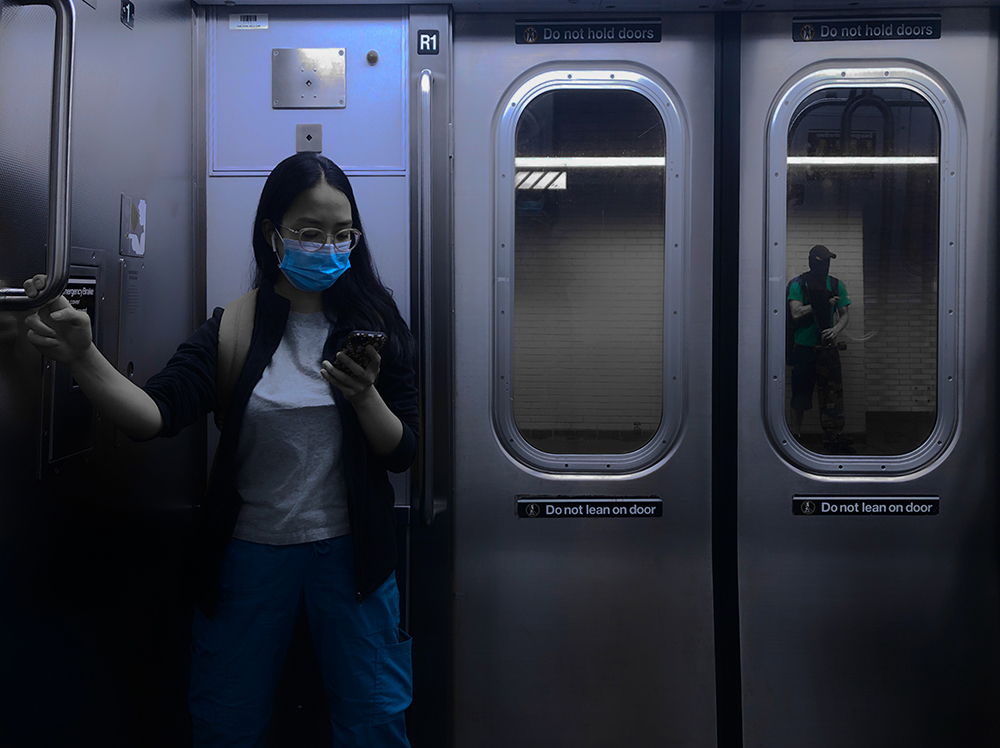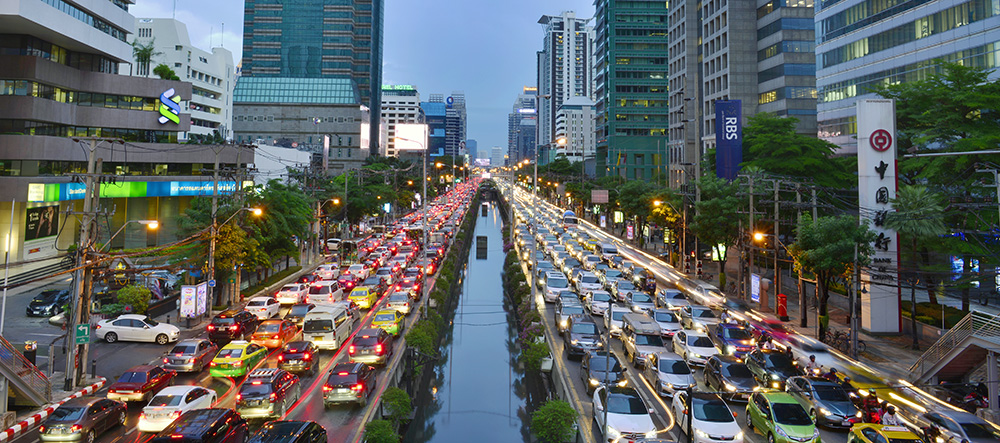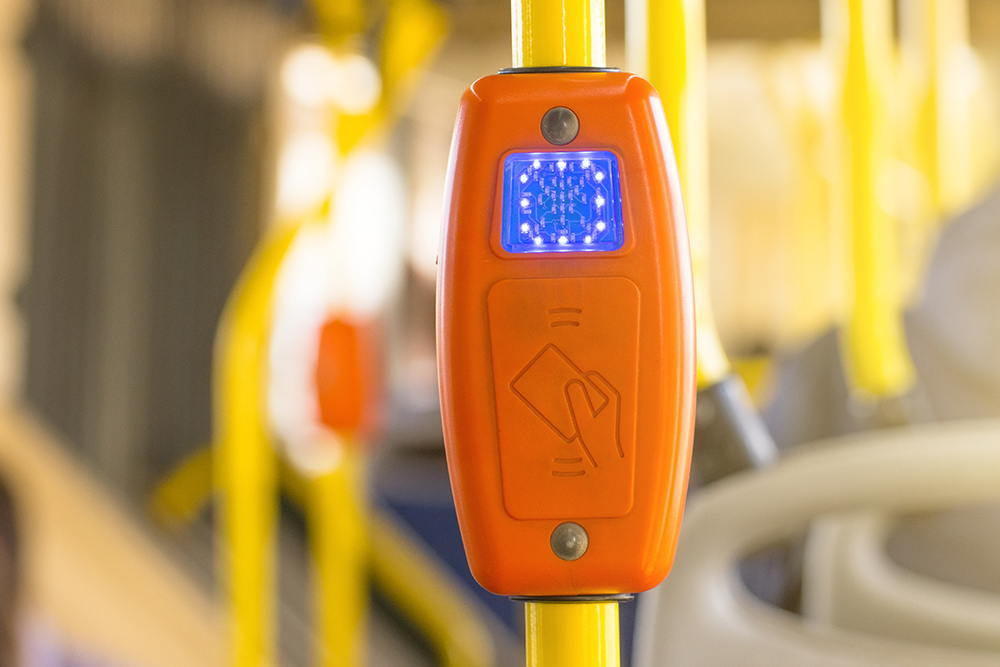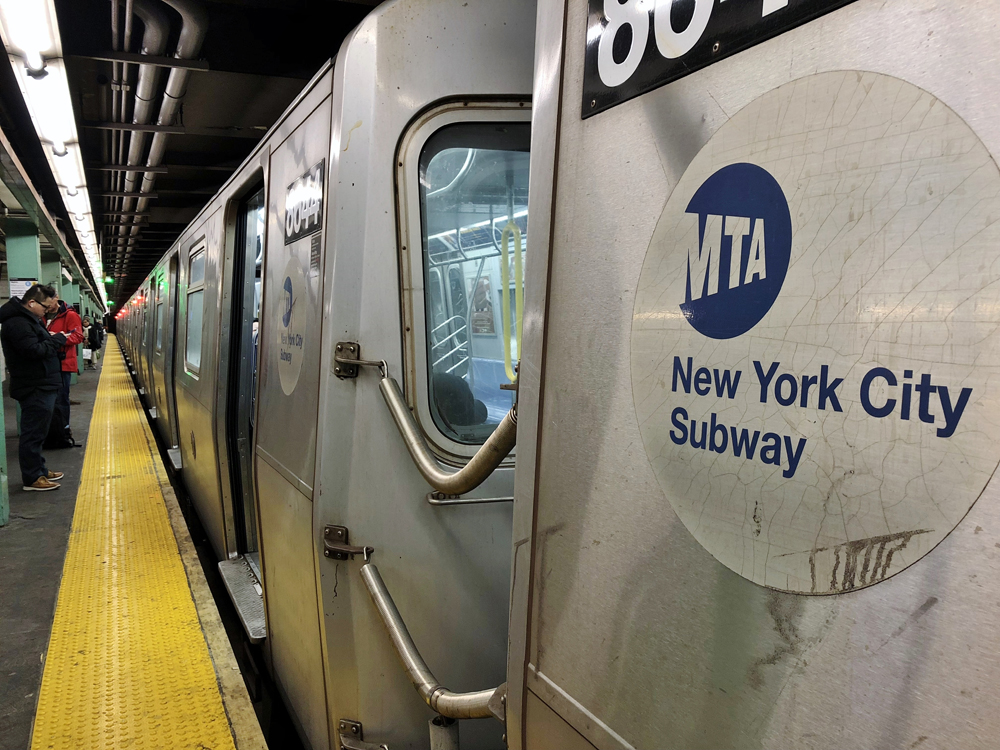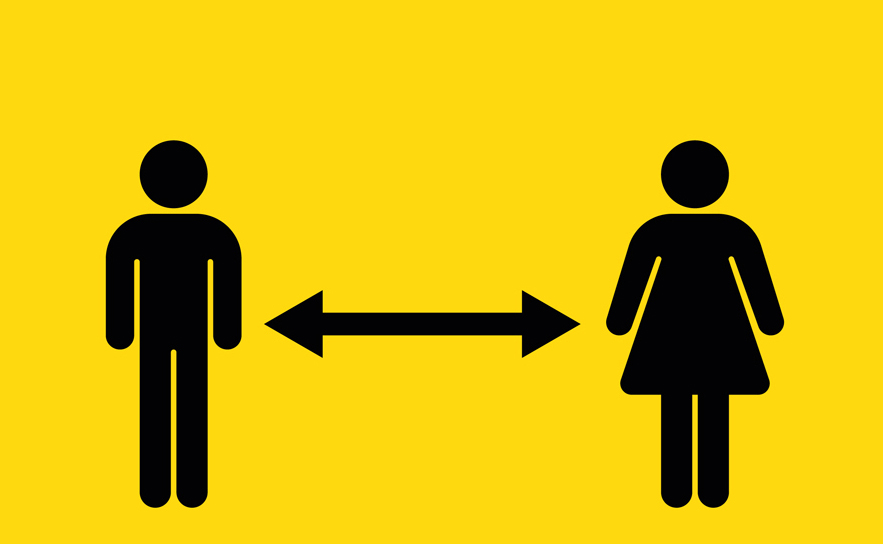
This summer, Deutsche Bahn is offering a month’s travel on public transport in Germany for a mere €9. Malta will make public transport free for all from October this year. Genoa in Italy has extended free access to some of its public transport networks that began in late 2021. And in the Transylvanian city of Cluj-Napoca, the cost of a bus ride will cost you a mere 20 bodyweight squats in front of the ticket machine (a sensor counts your reps).
Even in the US, political leaders and city mayors are experimenting with the idea (free rides at least, if not yet the sculpted glutes). California Governor Gavin Newsom has proposed $750 million in grants to help transit agencies provide free rides for three months. In February, Salt Lake City paused fare collection for a month and other experiments are underway in Boston and Chicago.
Consumer inflation, environmental goals, geo-politics and changed work patterns are all factors here. By shunning their cars, Europeans can reduce their fuel consumption, save money in the face of rapidly rising costs, cut the continent's dependence on Russian energy imports, all while making more livable cities and promoting greater social equity, along with helping clean the air and cool the planet.
And as the world emerges from pandemic restrictions, another motivator for cities everywhere is helping flagging transit numbers recover to pre-pandemic levels. Figures from LinkedIn are instructive here - one in seven jobs being posted on the site in 2021 specified a remote or hybrid work component, compared to just one in 67 before lockdowns.
It is clear that cities have their work cut out in attracting transit riders back in numbers.
With such lofty aims in mind, several countries and municipalities are following in the wake of pioneer cities including Tallinn, Luxembourg and Dunkirk.
So, in this changed world, is the case for fare-free public transport (FFPT) now unanswerable? Or are such initiatives driven by political expediency and a desire to be seen to be doing something?
Unintended consequences
Several studies of longer-established schemes suggest the case for FFPT will be no clearer than it was pre-pandemic. While all of them achieved the aim of increasing network ridership, the overall benefits have been mixed.
The experience of the town of Hasselt in Belgium, which made bus rides free from 1997 to 2014 in a bid to revive a declining city centre, is instructive and somewhat sobering given some of the unintended consequences of the scheme.
While bus journeys increased in Hasselt thanks to free travel, passenger surveys found that 18% of those travelling by bus were former cyclists, 14% were former pedestrians and just 23% were former car users.
Fare-free, or very cheap, public transit is currently in fashion.
The free service ceased in 2014, owing to steep rises in bus operating costs which quadrupled over the period. Meanwhile, over that time 200,000 daily visitors to Hasselt from the wider region had continued either to drive or to pay to use trains and regional buses, which were never part of the free scheme.
A study of the Czech town of Frýdek-Místek, also revealed that free public transit ridership increases came at the cost of walking and cycling.
A similar effect was found in Tallinn, Estonia, where free travel increased public transport by 14% but only cut car use by 5% - compared with journeys on foot, which plummeted by an estimated 40%.
In the US, analysis of Boston’s Route 28 free bus initiative, meanwhile, found that only 5% of survey respondents would have taken a car if not for the free bus trip.
The evidence for FFPT schemes’ ability to reduce congestion, carbon emissions and local air pollution, then, must surely be marginal if walking and cycling are so heavily substituted and their impact on car use is so limited.

The scope for FFPT to help low-income and unemployed residents in these times of financial hardship for so many is also mixed. In Tallinn, while public transport increased its share by more than 20%, there is no evidence it improved employment opportunities.
None of this is to say that there are not some use cases for free or heavily-subsidised travel. For example, where many riders already enjoy subsidy on a service - children and students, the elderly - it may make sense to remove all barriers.
In Dunkirk, France, ridership increased by 85% immediately after local authorities introduced fare-free transit and being able to do away with the cost and friction of collecting and enforcing payment is likely to have been a net benefit, since the service was already heavily subsidised with ticket sales contributing only about a tenth to the service’s funding.
Other use cases for free services exist but many of these are in smaller cities or in towns and their circumstances are unlikely to map to large cities or conurbations.
Convenience, not cost
The most significant factor in encouraging the broader take-up of public transit by all socio-economic groups is not price but convenience.
Citizen surveys reveal that the appeal of FFTP is limited. A survey of Koreans found that 51% said they were not likely to use public transit more if it was free - and in the UK only 25% of respondents said they were willing to give up their car in exchange for free public transport.
The factors that will induce more travel via public transit include: higher service frequencies, central coordination of timetables, traffic priority for trams and buses, and a conspicuous staff presence.
A survey of 1,700 transit riders in seven cities across the US, for example, found that most low-income bus riders rated lowering fares as less important than improving the quality of the service.
An analysis of FFTP by PTUA, the public transport advocacy group for Victoria, Australia, suggests that pricing needs to be competitive for public transit to compete with car use - but it need not be fare free.
Time is a key element of convenience for all groups of travellers, including the low-paid. “Low-income riders are just as time-sensitive, if not more time-sensitive, than middle-income and upper-income riders and a lot of that is because they’re one missed bus away from losing their jobs or getting a reprimand on their job, or late fees or childcare penalties,” says Zabe Bent, director of design at the National Association of City Transportation Officials, in an article for Politico magazine.
And in the absence of a strategy to improve journey frequency, duration and comfort, FFTP could even backfire if new rider numbers lead to overcrowding and delays where there is limited capacity.
The solutions are the same as they were before war, pestilence, famine and inflation loomed so large in our collective consciousness.
As Markus Schlitt, CEO of Yunex Traffic puts it, switching more people from driving in large numbers will only happen with the creation of joined-up local transport ecosystems that promote smooth door-to-door journeys.
Smart infrastructure that emphasises smoother and faster bus and train journeys - for example by giving priority over cars at traffic signals - and which helps travellers make the transition from one mode to another, including walking and cycling, is central.
In an ideal world, fares would be free and services would be frequent, fast and comfortable. But in the resource-constrained world that most transit agencies inhabit, there is a clear opportunity cost to making fares free at point of travel.
“Price reduction will only have short-term effects,” notes Schlitt. Instead, putting this money into infrastructure investments will repay the investment many times over in the long run.
It may not be what some elected officials want to hear, but if a transit agency has to choose between the two, most riders would prefer the latter and this is how we’ll get drivers out of their cars.



